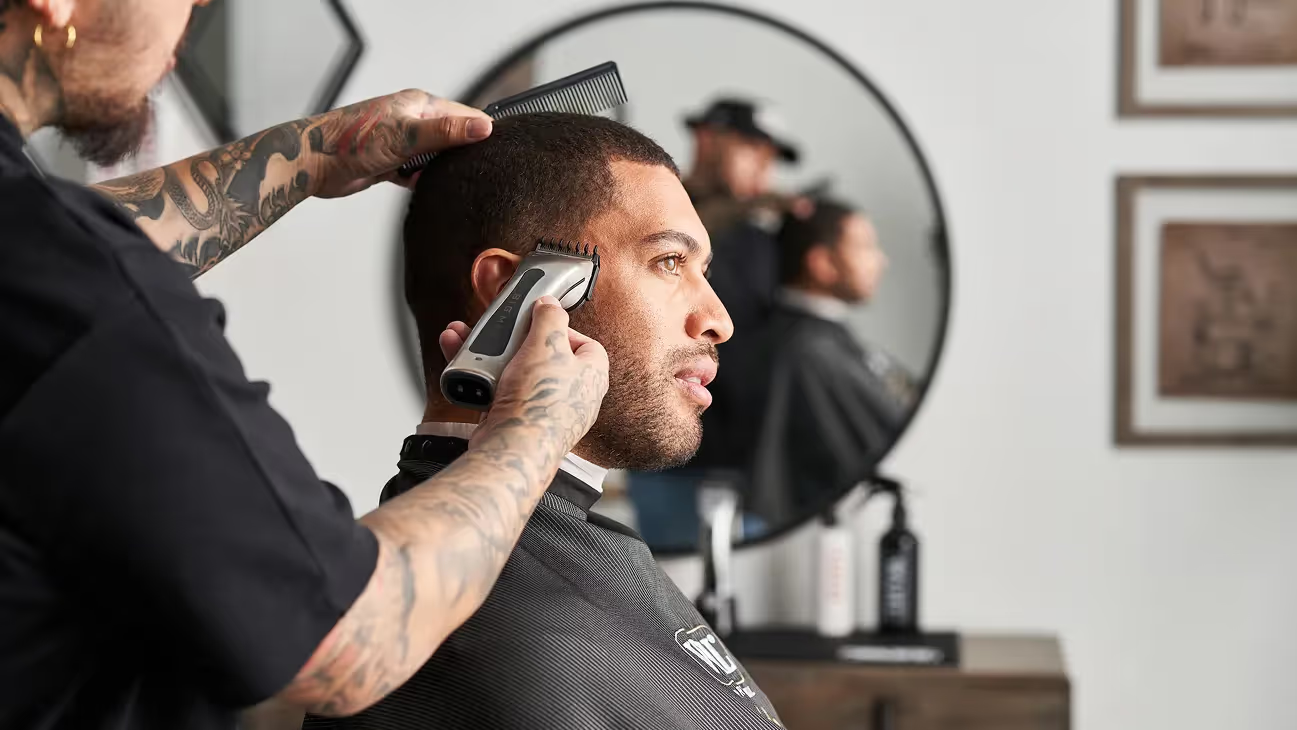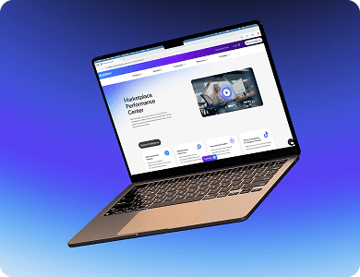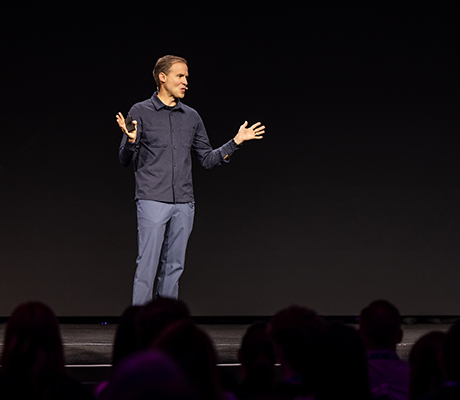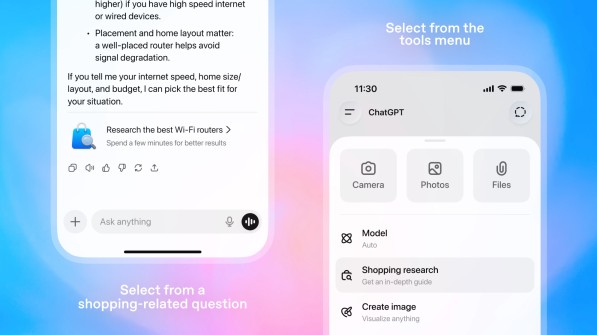Preparing For Prime Day 2020: Best Practices & What to Expect
We talk about what it takes to be successful on Prime Day 2020.
Amazon’s Prime Day is one of the wildest sales events of the year, and for brands who do it right, it can be a homerun akin to Black Friday. A successful Prime Day can greatly increase your profits and attract thousands of new customers. It can also be really daunting.
In a recent webinar, Pattern’s Chief Revenue Officer John LeBaron sat down with Senior Brand Manager Newel Cobb and Coravin’s Director of Business Development Jessica Bourne to talk about how brands can best prepare for Prime Day and what the event may look like in the year of Covid-19. Here are some takeaways that can help your brand plan a successful Prime Day.
Best practices for Prime Day
Choose a strategy that matches your goals
As you start preparing for Prime Day—and you’ll want to prepare as early as possible to make the event a success—consider your goals. Do you want to increase sales? Raise brand awareness? Move inventory? These are all things to consider as you choose your strategy. According to LeBaron, there are three major Prime Day brand strategies: Stand Your Ground, Go All In, or Hybrid.
Stand Your Ground
The Stand Your Ground approach to Prime Day is when your brand chooses not to play. While this may leave the door open for your competitors and lead to missed opportunities for your brand, you can still find lots of success on Prime Day with this approach. “By standing your ground, you may not have to go head over heels getting coupons or lightning deals etcetera to really ride that traffic wave,” Cobb said. “If you can just ride that traffic wave, you avoid the expensive part of prepping for Prime Day and possibly failing at Prime Day.”
On Prime Day in 2019, less than 1% of Pattern products were on discount, but Pattern still sold 53% more units that day than they did the same day during the previous week. Another benefit of this approach is you can avoid potential overstocks or arbitrage.
Going All In
The opposite approach to Stand Your Ground is Going All In, where a brand discounts and markets all of their skus. This method can give you lots of successes. It can help you gain market share, move a lot of inventory, and experience unexpected wins across your catalog. It can also incentivize new customers to check out your brand.
Going all in has its drawbacks. This strategy can be time consuming and expensive. It’s also harder to track your ROI, because you don’t have a control group to measure data collection against. Your post-Prime Day sales bump may not be worth the investment. By going all in, you risk arbitrage and may have inventory shortages that seriously hurt your brand down the road. It’s important to keep all these things in mind as you plan.
Hybrid
The final strategy is the happy medium between Going All In and Standing Your Ground where brands participate in Prime Day, but on a limited scale. Coravin is one brand that’s successfully strategized with the Hybrid model. According to Bourne, Coravin focused on promoting and discounting one SKU during Prime Day instead of their whole catalog. By doing so, they prevented their brand from creating arbitrage opportunities across the market.
Participating in Prime Day with this strategy was less costly for Coravin, and it allowed them to collect data with a control group so they can better plan for future promotions. Like the other two strategies, the Hybrid model has its cons: it presents missed opportunities, it can take a little more planning, and it’s easier for brands to get lost in the chaos of Prime Day since they’ve got limited discounts.
Focus on the basics: keywords and images
Making your product listings as clean and informative as possible makes your catalog easy to discover and easy to shop when a million other brands are clamoring for attention. Include keywords and phrases customers are already searching for in your listing titles and descriptions. According to Bourne, even if your title is really long, those little details allow shoppers to understand what they’re getting right from the category page.
The same goes for your descriptions: taking advantage of every bullet point allows customers to shop confidently and trust your brand. Another thing you’ll want to do is make sure your image stack is high quality and shows exactly what’s included in the product bundle. It may also be helpful to provide informative images that show customers exactly how to use your product. Cleaning up keywords and images as well as maintaining a positive sales history, good prices, and great customer service, can help you improve your ranking in search results so you make more sales.
Increase your conversion rate
Amazon conversion rates jump to over 50% during Prime Day events. To really maximize the success of your brand, Cobb says you’ll want to get your brand’s conversion rate up to 10% prior to Prime Day. That’s worth two to four times as much during the Prime Day period.
Don’t just focus on Amazon
While Prime Day is native to Amazon, it’s rapidly becoming an omni-channel shopping event where customers use Chrome extensions and blogs to shop across the entire ecommerce ecosphere. Because of this, your other channels, like social media and your D2C, should be just as ready for Prime Day as your Amazon store so you can capitalize across the market.
Experiment
If you don’t know if you prefer coupons over promo codes, test it out. If you want to see how affiliate links work, test it out. If you’re interested in maximizing your sales through Amazon’s Amazon Live feature, test it out. Dedicate a bit of your budget to experiment now so that you can hit things hard when Prime Day rolls around. “Prime Day is an awesome testing ground, or even now when Amazon’s doing their summer sales. The summer sale is a great testing ground for Prime Day which is a great testing ground for Black Friday,” Bourne said.
What You Should Know About Prime Day 2020
Due to concerns about Covid-19, there is still no official date for this year’s Prime Day. According to LeBaron, reports indicate the event has been pushed back to sometime in September or October. One thing LeBaron stressed is that brands should get their Q4 and Prime Day inventory in as quickly as possible right now to avoid potential delays. Similar to the delays created in Spring of this year, a second wave of Covid-19 could create serious delays for inbound shipments that could be damaging for your inventory. As with all sales events, the secret sauce to a successful Prime Day is to plan ahead.


.jpg)





.jpg)

